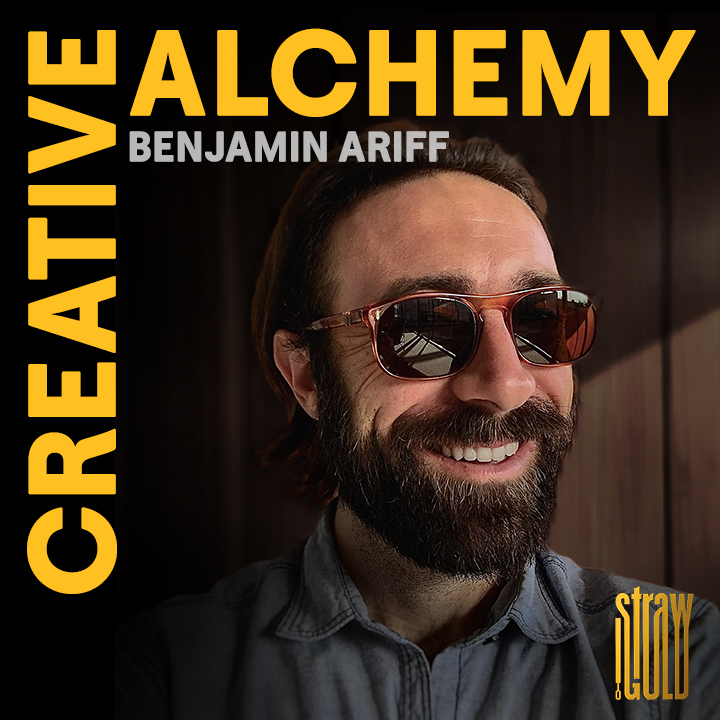
Rethinking the RFP
Why the traditional RFP process is failing the creative industry—and what to do instead.


Why the traditional RFP process is failing the creative industry—and what to do instead.
The request-for-proposal (RFP) process was designed for another era—one focused on compliance rather than collaboration. Today, it drains creative resources, undermines trust, and discourages innovation. By asking agencies for unpaid speculative work, the RFP model exploits talent while failing to capture the qualities that make partnerships successful. This article explores why it’s time to retire the outdated system and highlights relationship-driven alternatives that value both creativity and collaboration.
The request-for-proposal (RFP) process was designed in another era—a bureaucratic artifact from a time when selecting vendors was more about compliance than collaboration. In today’s creative economy, where ideas are currency and strategy is a premium asset, the RFP model no longer holds up. In fact, it may be one of the most costly, wasteful, and creativity-killing traditions still practiced in the marketing, design, and strategy worlds.
Here’s why: the average RFP asks multiple agencies to invest dozens, sometimes hundreds, of unpaid hours crafting speculative proposals that include ideas, strategies, visuals, and even partial executions. In the end, one agency may be selected. The rest walk away empty-handed, except for the quiet suspicion that their ideas may still be implemented without attribution or compensation. It’s not just inefficient—it’s exploitative.
If we were to quantify the cumulative hours spent on every RFP response submitted across an industry in a single year, the result would be staggering. Entire weeks or months of high-level thinking, strategy sessions, late nights, and internal brainstorming poured into documents that will never be seen beyond the evaluation committee. Multiply that by the number of firms involved, and the creative waste is astronomical. The return on effort is catastrophically low.
But beyond the inefficiency lies a deeper problem: the RFP discourages what matters most in creative partnerships—trust, dialogue, and shared vision. The process is often cold, rigid, and blind to the nuances that make an agency-client relationship thrive. It favors polished presentations over real conversations. It prioritizes familiarity with proposal language over actual innovation. And it almost always fails to capture the intangible qualities—chemistry, passion, empathy—that are vital to producing outstanding work.
There is a better way. A more modern, relationship-driven approach is not only possible but already in practice among forward-thinking organizations. Instead of casting a wide net and hoping for a miracle proposal, clients can:
- Shortlist based on real-world case studies and values alignment
- Conduct informal interviews or workshops to gauge creative chemistry
- Compensate agencies for strategic audits or ideation sprints
- Collaborate on a pilot project before committing to a full engagement
These approaches recognize that the best partnerships aren’t transactional; they’re built. They honor the value of creative labor and ensure that agencies are incentivized to bring their best thinking forward in an ethical, mutually respectful way.
The RFP isn’t just outdated—it’s antithetical to how great work gets made today. As someone who’s worked across countless campaigns, watched excitement evaporate under the weight of hollow bidding processes, and seen incredible ideas disappear into institutional voids, I believe we owe it to our industry to retire the model.
Because the future of creative work demands more than a proposal.
It demands a relationship.
RFPs waste creative talent, stifle innovation, and exploit agencies. Relationship-based selection processes are the future of ethical, effective creative partnerships.
The RFP is broken—here’s why it’s time to replace it with a more human-centered, collaborative approach.
Explore other articles


